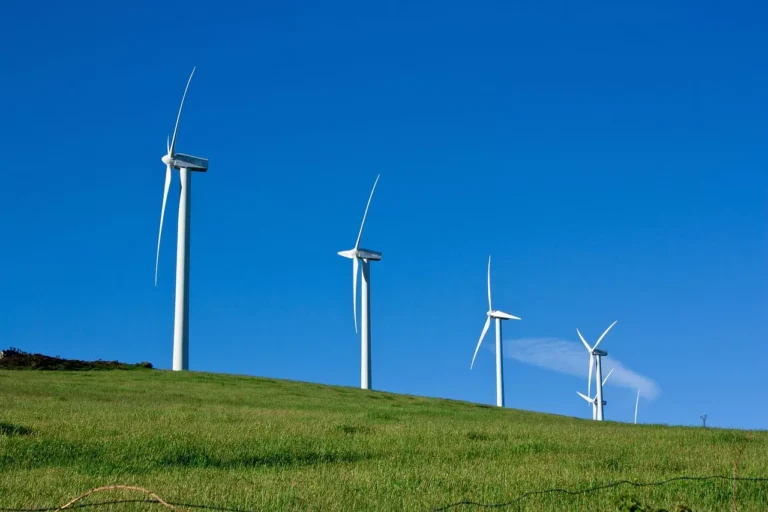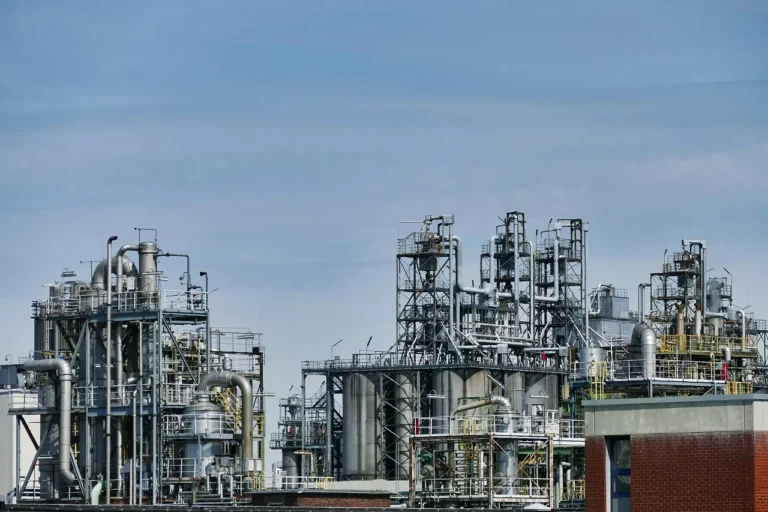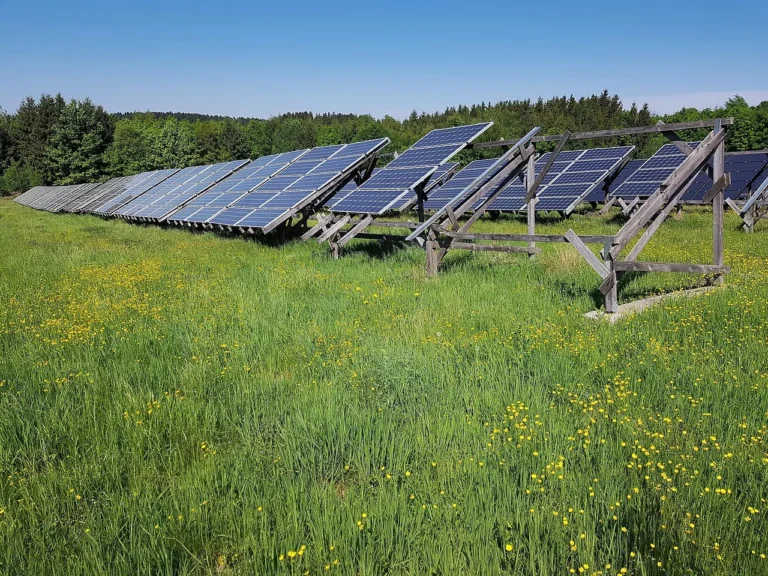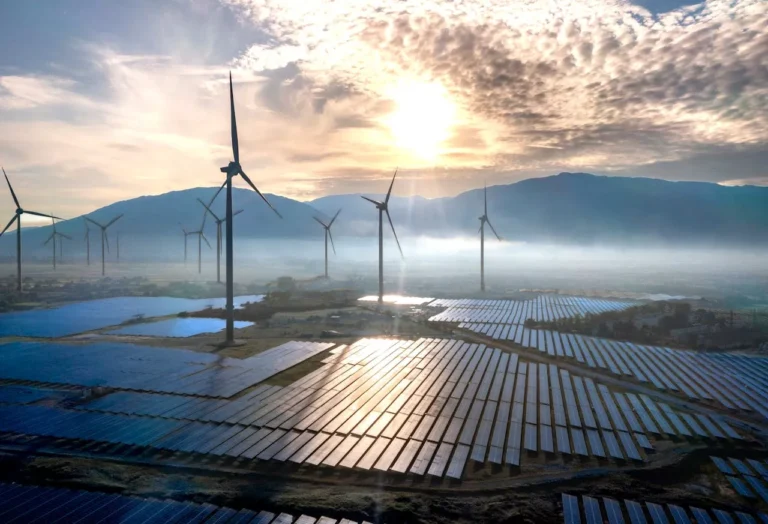
Sempra Infrastructure and JERA Finalize 20-Year LNG Supply Deal for Port Arthur LNG Phase 2
Sempra Infrastructure, a subsidiary of Sempra (NYSE: SRE), and JERA Co., Inc. (JERA), Japan’s largest power generation company, have entered into a landmark 20-year sale and purchase agreement (SPA) for liquefied natural gas (LNG) sourced from the second phase of the Port Arthur LNG project, located in Jefferson County, Texas. This long-term contract represents the latest milestone in the development of one of the United States’ most strategically positioned LNG export terminals and further strengthens the energy partnership between the U.S. and Japan.
Under the terms of the agreement, JERA will purchase 1.5 million tonnes per annum (Mtpa) of LNG on a free-on-board (FOB) basis from Port Arthur LNG Phase 2. This deal builds on a non-binding heads of agreement signed by the two companies in June 2025, now solidified into a definitive and binding commitment that underscores both parties’ focus on long-term energy cooperation, security of supply, and decarbonization strategies.
A Strategic Move Toward Energy Security and Decarbonization
The agreement reflects broader industry momentum toward stable, long-term LNG contracts that support national energy security goals and provide a bridge fuel to aid in the global energy transition. With this deal, JERA reinforces its ability to supply its Japanese and Asian customers with flexible, reliable, and competitively priced LNG from a trusted North American partner.
“This agreement establishes a long-term relationship with JERA and confirms Sempra Infrastructure’s commitment to customers in Japan and the greater Asian market and their continued access to affordable and secure U.S. natural gas,” said Justin Bird, CEO of Sempra Infrastructure. “We remain focused on advancing our Port Arthur LNG Phase 2 development project to a final investment decision and strengthening the role of the United States as an energy provider of choice for LNG buyers worldwide.”
JERA’s Chief Low Carbon Fuel Officer, Ryosuke Tsugaru, emphasized the alignment of the deal with JERA’s long-term strategy. “This agreement marks a significant strategic relationship with Sempra Infrastructure and underscores our commitment to securing a reliable, long-term LNG supply from trusted sources. Aligning with JERA’s growth strategy, the addition of flexible and dependable LNG volumes strengthens our overall LNG portfolio and enhances our ability to respond to the evolving global energy landscape while helping to ensure supply stability for Japan and across Asia.”
The relationship is not just about energy transactions, but also represents shared values around the importance of supply diversification, long-term stability, and the role of LNG in supporting lower-carbon economies.
Details of the Port Arthur LNG Phase 2 Development

The Port Arthur LNG project is one of Sempra Infrastructure’s flagship developments in the LNG sector. It is envisioned as a multi-phase export facility that plays a key role in enhancing the U.S.’s position as a global LNG powerhouse.
Phase 1 of the project, currently under construction, includes two liquefaction trains with a combined nameplate capacity of approximately 13 Mtpa. It is expected to reach commercial operation in 2027 for Train 1 and in 2028 for Train 2. That phase has already attracted significant commercial interest, with offtake agreements signed with several global LNG buyers.
Building on the foundation of Phase 1, Port Arthur LNG Phase 2 aims to double the site’s total liquefaction capacity, with the potential to add two additional liquefaction trains and associated infrastructure. If developed as planned, Phase 2 would add another 13 Mtpa of capacity, bringing the total facility output up to 26 Mtpa—placing Port Arthur among the largest LNG terminals in North America.
Port Arthur LNG Phase 2 has already achieved a number of significant regulatory and commercial milestones. In September 2023, the project received authorization from the Federal Energy Regulatory Commission (FERC), a key requirement for progressing with LNG export terminal developments in the U.S. In May 2025, the U.S. Department of Energy (DOE) approved export authorization for the project to ship LNG to countries without a free-trade agreement (FTA) with the United States—providing crucial market flexibility and the ability to serve major demand centers in Asia and Europe.
Additionally, in July 2024, Sempra Infrastructure announced that it had selected Bechtel, a global leader in energy infrastructure engineering and construction, to execute a fixed-price engineering, procurement, and construction (EPC) contract for the Phase 2 project. Bechtel is also the EPC contractor for Phase 1, ensuring continuity in project design and execution.
Market Dynamics and Strategic Implications
Global LNG demand is expected to grow significantly over the coming decades, particularly in Asia, where economies are shifting away from coal and oil in favor of cleaner-burning fuels. According to the International Energy Agency (IEA), Asia will account for over 70% of LNG demand growth by 2040. Japan remains the world’s largest LNG importer, with companies like JERA playing a pivotal role in sourcing and securing supply for domestic utilities and industries.
The U.S. has emerged as a dominant global LNG supplier, with Gulf Coast projects like Port Arthur uniquely positioned to serve both Atlantic and Pacific markets. The combination of abundant domestic natural gas resources, stable legal and regulatory systems, and access to key shipping routes makes the U.S. a reliable partner for long-term energy supply agreements.
The agreement between Sempra Infrastructure and JERA not only strengthens bilateral energy trade between the U.S. and Japan but also sends a signal to the global market that long-term LNG contracts remain essential to underpin major infrastructure investments and provide price stability in a volatile market.
Risks and Remaining Steps
While the SPA with JERA is a key commercial step, Sempra Infrastructure notes that the full development of Port Arthur LNG Phase 2 remains subject to several contingencies. These include completion of additional commercial agreements with other buyers, finalization of EPC terms, procurement of necessary financing, and, ultimately, reaching a positive final investment decision (FID).
As with all large-scale energy infrastructure projects, there are inherent risks related to market dynamics, permitting processes, construction execution, and global economic shifts. However, with regulatory approvals in place, a world-class contractor engaged, and growing commercial momentum, Port Arthur Phase 2 appears well-positioned for advancement.










